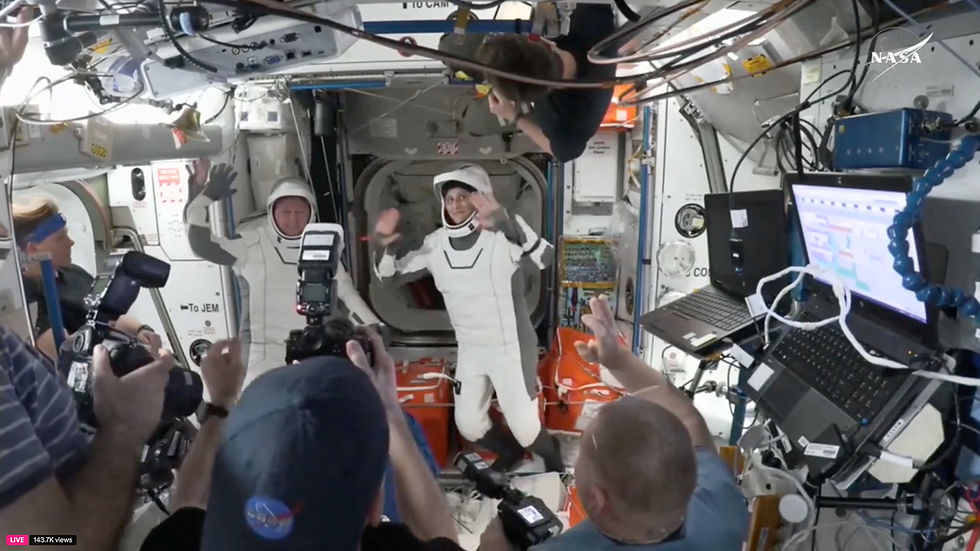Global perspectives on childhood myopia: addressing the rising epidemic
- News Agency
- Jul 9, 2024
- 1 min read

At the annual meeting of the Association for #Research in Vision and #Ophthalmology (ARVO) in #Seattle, scientists convened to tackle the global surge in childhood myopia. Hosted by the National #Eye Institute (NEI), the conference aimed to forge international partnerships to combat this growing epidemic. #Myopia rates, especially among children, have sharply risen worldwide, exacerbated by factors like increased near work and reduced outdoor exposure, worsened by the COVID-19 pandemic.
In #Asia, particularly #China, #Korea, and #Taiwan, myopia prevalence among youth is alarmingly high compared to other regions. Studies emphasize the role of outdoor light exposure in mitigating myopia, suggesting that two hours daily can reduce incidence by over 60%. #Dutch studies reveal similar trends globally, underscoring universal risk factors.
Research highlights interventions like low-concentration atropine and innovative lens therapies to slow myopia progression. Emerging therapies like high-intensity and red light treatments show promise in controlling eye growth, albeit with ongoing safety evaluations.
The meeting also marked the launch of a consensus study by the National Academy of #Science, #Engineering, and #Medicine (NASEM) to deepen understanding of myopia development and inform global strategies. Experts stressed the urgency of international collaboration and inclusion of refractive error in global health agendas to curb the rising myopia crisis.
Source: National Eye Institute (NEI), USA









.png)








Comentários